
TYPEX Days 2025 at IBMP – Two Days of Scientific Exchange and Strategic Perspectives
The IBMP hosted the TYPEX Days 2025 on 18–19 November, bringing together all partners of the TYPEX project…

The IBMP hosted the TYPEX Days 2025 on 18–19 November, bringing together all partners of the TYPEX project…

Mitochondria are essential organelles found in most eukaryotic organisms. They produce ATP, the main source of cellular energy,…

The Institute of Plant Molecular Biology (IBMP) is delighted to announce the opening of five fully funded IMCBio…

Light is not just a source of energy, it is an indispensable mentor through all plant life cycle.…

Plants are constantly faced with the need to arbitrate between two priorities: ensuring their growth and development, or…
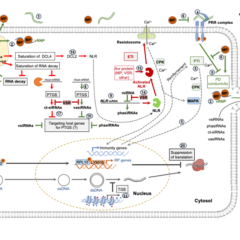
Plant viruses, which can cause devastating plant diseases, are obligate intracellular pathogens that replicate their genomes inside cells…
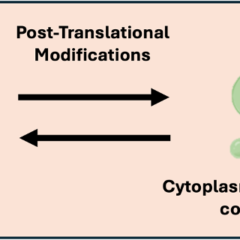
Environmental stresses, such as temperature fluctuations, drought, salinity, or oxidative stress, induce a wide range of physiological and…

How do plants orchestrate the expression of their genes in chloroplasts, the green factories where light is converted…
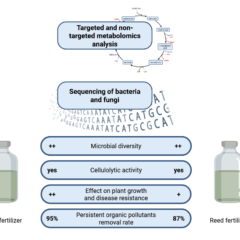
Constructed wetlands are widely used to purify domestic wastewater, relying on the remarkable ability of plants like reeds…
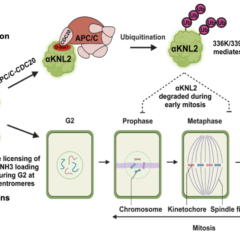
In all eukaryotic cells, accurate chromosome segregation during mitosis is essential to maintain genome stability. At the heart…

Turning a 3D Printer into an Automated Imaging Platform? The EnderScope Makes It Possible Transforming a 3D printer…

While plant viruses can severely damage crops, many wild plants remain remarkably tolerant to infections. What mechanisms allow…
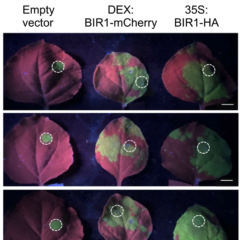
Plants possess an innate immune system composed of two major layers: pathogen-associated molecular pattern (PAMP)-triggered immunity (PTI), which…

Mitochondria, organelles of bacterial origin, contain their own DNA, which is essential for cellular respiration. In plants, several…

On May 12th, IBMP will host the 2025 EUCOR Plant Science Masters’ Symposium, a day of scientific exchange…
Plants constantly monitor their environment and adjust the allocation of their resources: they stimulate growth or, on the…
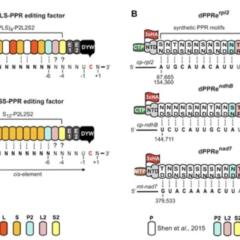
RNA editing, the process of modifying RNA after transcription, is essential in plants. In particular, it is crucial…

The colonization of emerged lands by plants around 500 million years ago, a process known as terrestrialization, marked…
Plants, rooted in their environment, deploy an impressive arsenal of specialized metabolites to interact with the world around…

Mitochondria, the powerhouses of the cell, play a crucial role in energy production through oxidative phosphorylation. Yet, the…
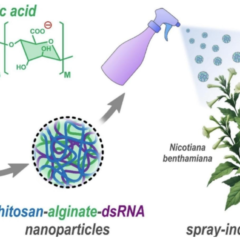
The use of double-stranded RNA (dsRNA) for pest and disease control in plants offers a promising, eco-friendly alternative…
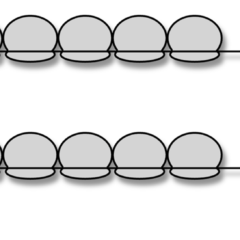
A team of researchers led by Rémy MERRET has identified a new 5’-3’ exoribonuclease, named DXO1, as a…
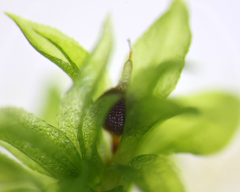
As climate change drives a green transition, the demand for wood is increasing, risking deforestation and biodiversity loss.…

The application of double-stranded RNA (dsRNA) for pest and disease management in plants is a rapidly evolving field,…
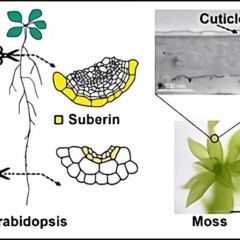
As part of a new project funded by the European Campus (EUCOR), Laura Ragni from the University of…















